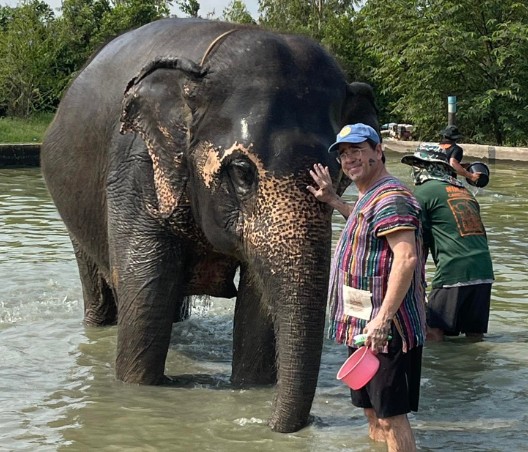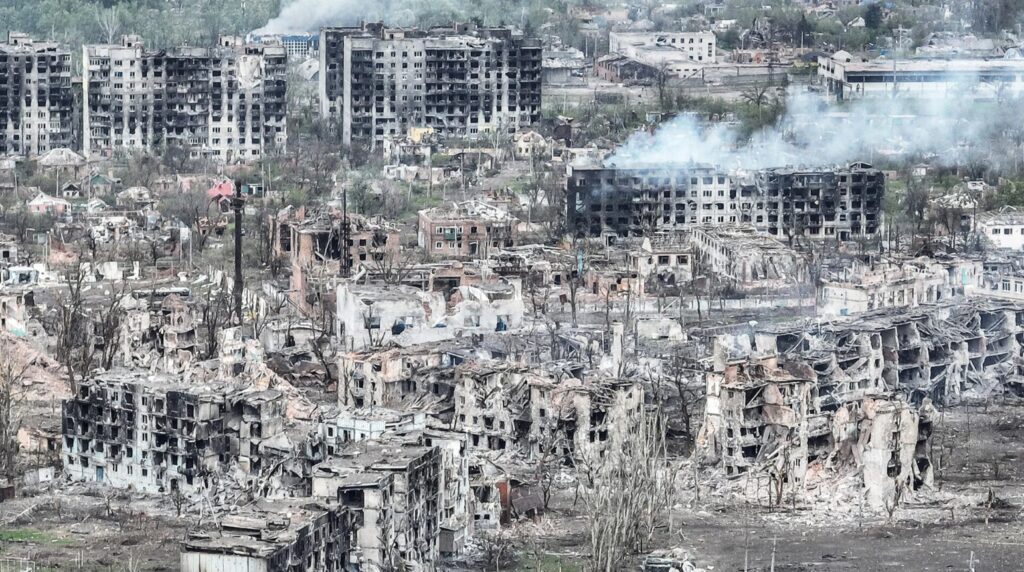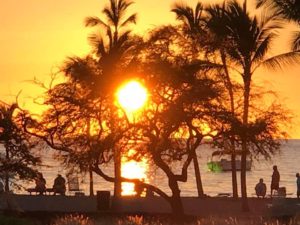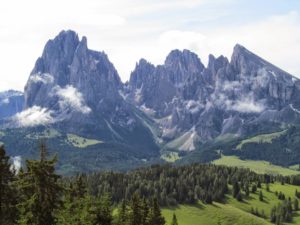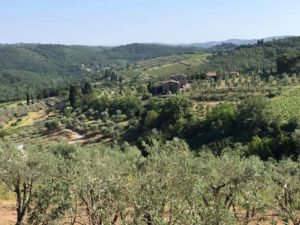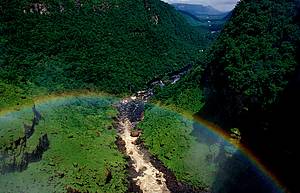For Rohingya Survivors, Art Bears Witness

Before he fled Myanmar in 2017, a witness to unspeakable horrors in his Rohingya village, Mohammed Nur would produce art in hiding, drawing on napkins and trash with bits of charcoal. Art, poetry readings and a university education were among many aspects of life that were not allowed for Rohingya Muslims like himself.
As his village was set ablaze, part of a campaign of mass slaughter, rape and arson by the Myanmar military and mobs from the country’s Buddhist majority, Nur, then 22, escaped with five family members, leaving behind “burning people,” including his beloved uncle. By day, they concealed themselves in holes covered with dirt, traveling at night. A week later they crossed the Naf River, the perilous liquid border between Myanmar and Bangladesh. Along with hundreds of thousands of others, Nur and his family set up new lives in ramshackle tarpaulin and bamboo shacks in Kutupalong, what is now the largest refugee settlement in the world — a fraught and densely packed environment seemingly at odds with art.
Yet in this unlikeliest of places, Nur has finally achieved his long-held goal of becoming an artist. He is one of 25 Rohingya and local Bangladeshi muralists who have earned the nickname “ronger manus” — the colorful people. He and fellow Rohingya artists, all trauma survivors, are using the power of the paintbrush to create life-affirming — and potentially lifesaving murals — about Covid-19, safe hygiene practices, neonatal care, the dangers of domestic violence and other public health concerns. Folk art with a message, roughly 200 murals adorn everything from latrines and health clinic waiting rooms to “monsoon walls” snaking up hillsides, meant to prevent mudslides in heavy rains.
Read the article at the NY Times: https://www.nytimes.com/2021/03/19/arts/design/rohingya-survivors-art-bangladesh.html
